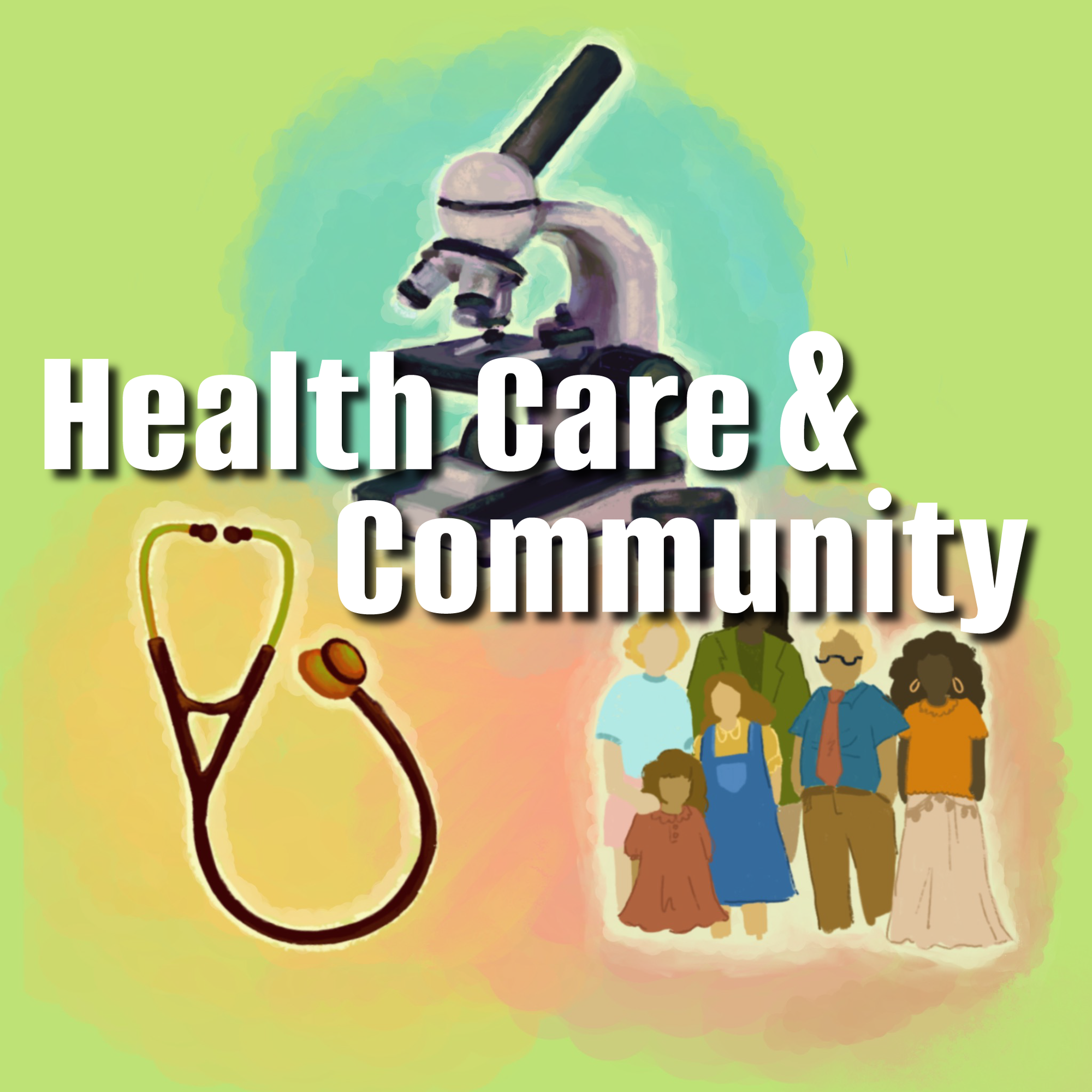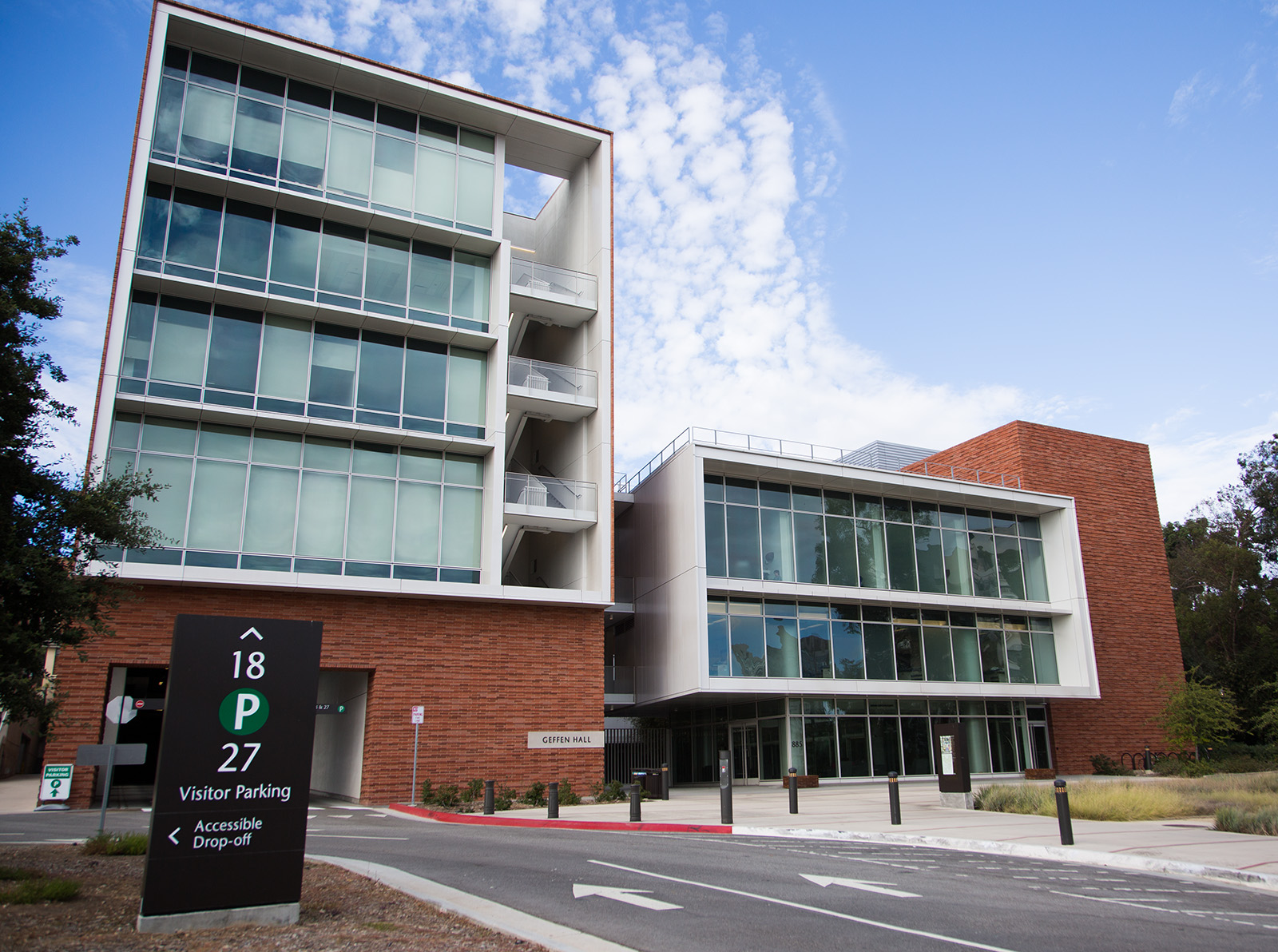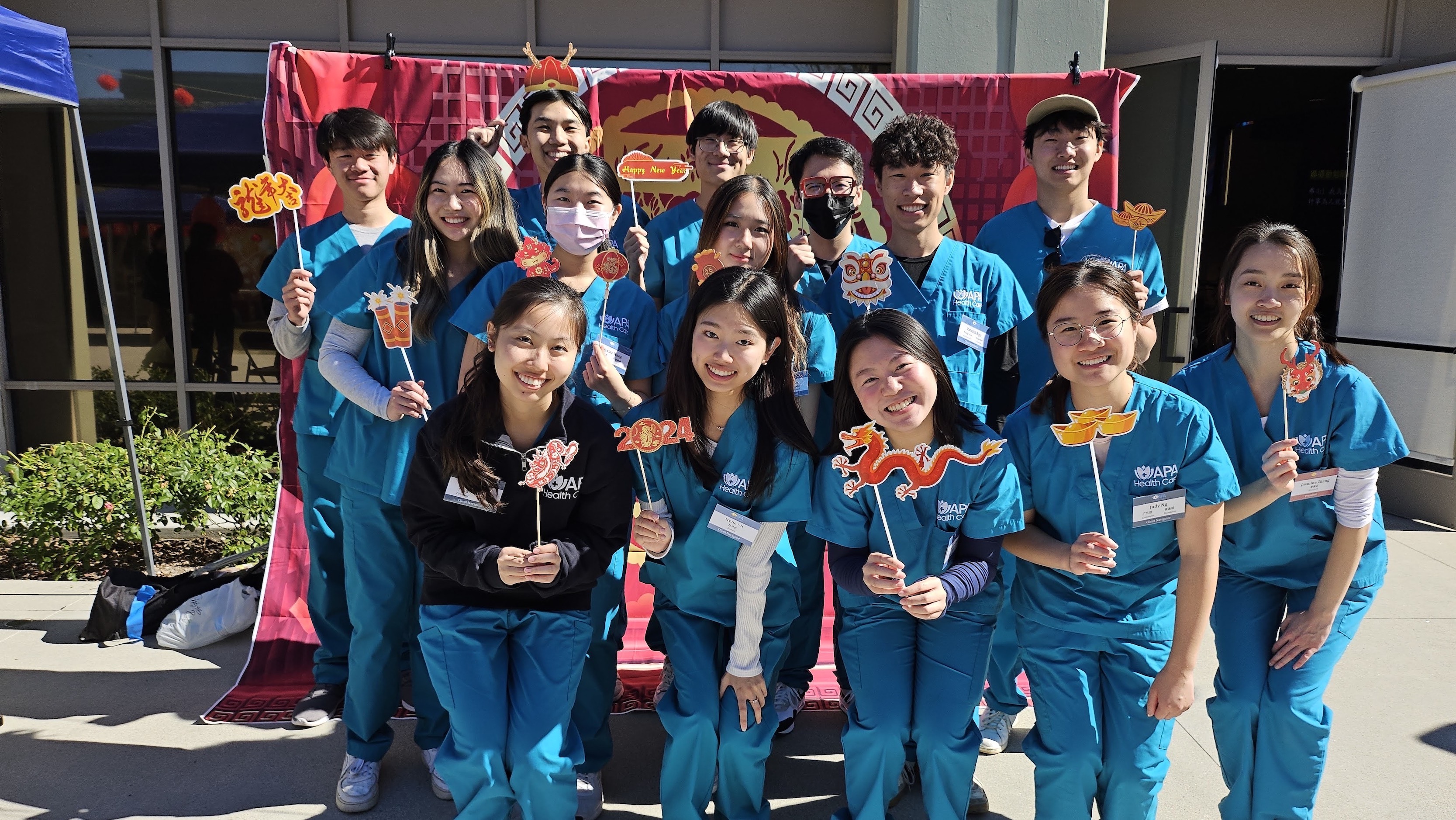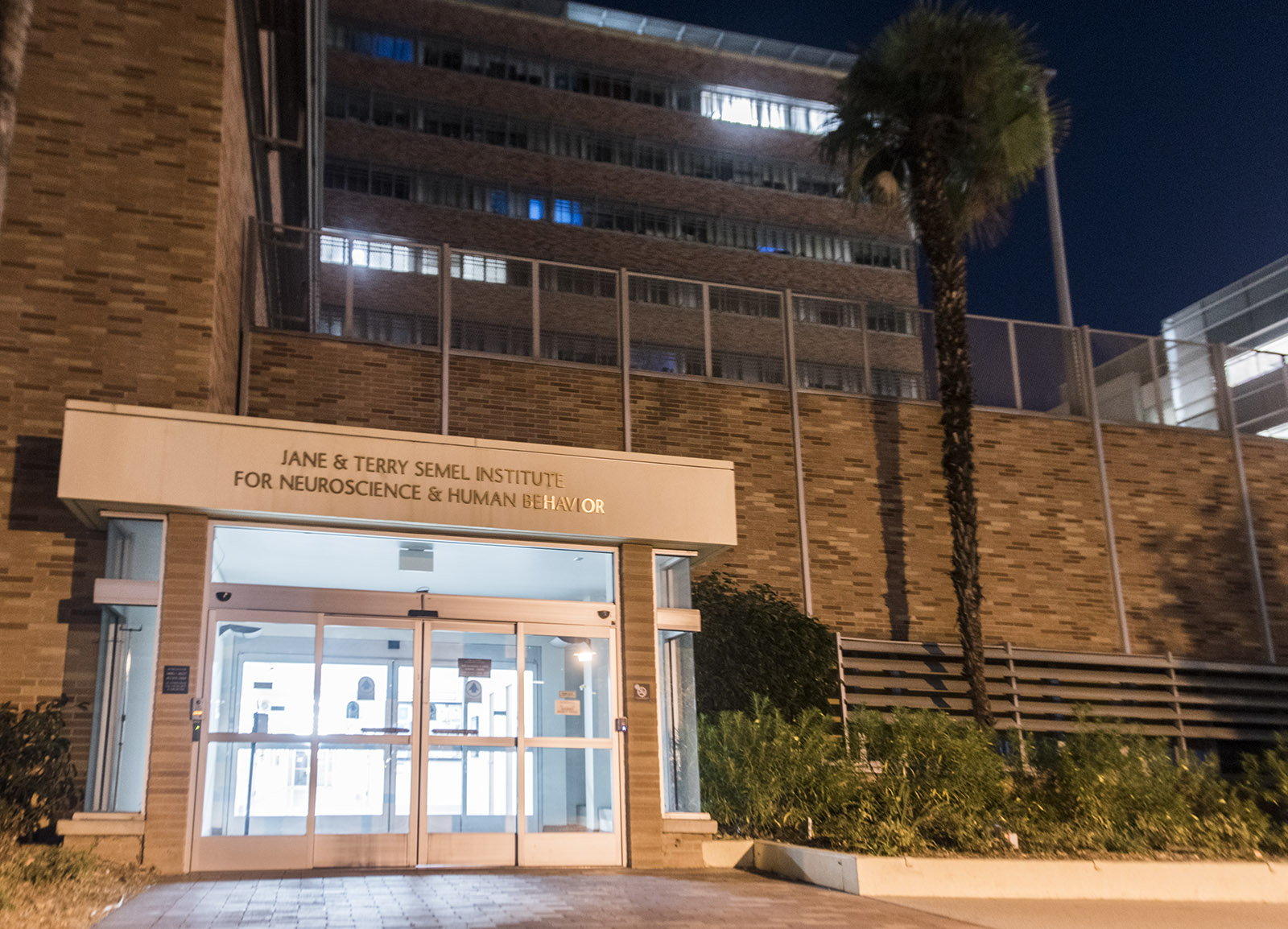Health Care & Community: Social Determinants of Health

Photo credit: Lindsey Murto
By Danielle H. Cho
May 28, 2024 8:25 p.m.
UCLA has long been a leader in healthcare innovation. In this miniseries, Daily Bruin Podcasts explores initiatives at UCLA clinics aimed at creating a more effective and equitable health care system. In this episode, Professor Alice Kuo joins Podcasts contributor Danielle Cho to discuss the social factors that impact health and ways to create change.
Danielle Cho: Hello everyone, this is Health Care and Community, where we interview professionals training and working in the clinics around UCLA. My name is Danielle, and I am a Podcasts contributor at the Daily Bruin.
In this three-part miniseries, we’ll explore new ideas in medicine including the importance of crosstalk between research and medicine, how community experiences shape medicine and the need to prioritize medicine for underserved communities. Stay tuned as we uncover how these initiatives, right here at UCLA, are shaping the future of healthcare.
In this interview, I talked with Professor Alice Kuo, a professor and chief of internal medicine-pediatrics and preventive medicine. We talked about her interest in pediatrics, the social factors and life outside the clinic that have larger impacts on your health, different approaches to creating change such as affecting policy, or starting programs. I hope you enjoy our conversations.
Thank you so much for joining me today, Professor Kuo.
Alice Kuo: Happy to be here.
DC: Could you share your current position and role at UCLA?
AK: Sure, I’m a professor and chief of internal medicine-pediatrics and preventive medicine. This is a division within the School of Medicine, where positions are double-boarded in medicine and pediatrics, meaning that we take care of patients of all ages. And then there’s a subgroup of us who are also formally trained in a specialty called preventive medicine, which focuses on, I think, the types of things that you’re interested in: lifestyle determinants of health, social determinants of health, those types of things.
DC: Thank you. And could you share a little bit about your journey into medicine? And just the kind of stuff that led to where you are today now?
AK: I think when I was in high school, I had thought I wanted to be a teacher. I knew I wanted to work with kids. And, you know, I had done volunteering and babysitting and things like that, and I was very fascinated by how children learn. And so I went to college sort of with the idea that I might want to be a teacher. And then one of my mentors encouraged me to kind of consider everything involving children, and so then I settled on pediatrics, which is the care of sick children. I became pre-med in college, and once I was in medical school, it turned out that for sure, I wanted to take care of kids. But then I also enjoyed sort of the thought processes that go into internal medicine and the care of adults, because adults have a lot of complex, physiological changes that happen with age and kind of, you know, taking on chronic illnesses like diabetes, hypertension – and sort of the consequences of those types of chronic diseases. And so then I also studied internal medicine, and then sort of late much later, because I was working so much in the intersection of health and public health, I went back and got training and preventive medicine with the CDC. So now I have all three certifications specialties.
DC: Wow, that’s so cool. Can you share a little bit about what the most important projects and initiatives you’ve taken on in the course of your career have been?
AK: Well, so I think a big part of my career was actually training: training new physicians, training young health professionals going into public health and other health-related fields. So I would say, looking back on my career, it’s been a lot of thinking about how to improve the way that young professionals develop. And so I was a residency program director for 19 years. I still continue to teach in the Fielding School of Public Health with bachelor’s- and doctoral-level students. And so I think that developing curriculum to address social determinants to get professionals and physicians to think about health problems in a different way has been a big part of my career. I think. And then from a research perspective, we have a big portfolio in autism and neurodevelopmental disabilities and also in maternal and child health. So in public health, I would say our biggest area is in maternal and child health. And then also medical perspective to other clinical conditions that we do research in, as sickle cell disease and addiction medicine or patients with substance use disorders, mainly because I think social determinants really affect their health outcomes as well.
DC: And what initially got you interested into public health? Because you mentioned earlier that you initially started out more interested in pediatrics, but then you also became interested in treating adults and then that kind of progressed to like, an interest in public health. But what exactly – did you have any people in your life or experiences that kind of motivated that shift?
AK: Yeah, I wouldn’t say it’s sort of a shift but more of a recognition that it’s all related. So now, you know, it’s funny – 20 years ago when you looked at all of my different interests, they looked like more separate types of things. But now 20 years later, I think it’s all coming together in that I’m very interested in the life course of children who have adversity in their backgrounds. And so you know, whether you’re a child in foster care, whether you have a disability, whether you are living in poverty, whether you’re Black, you know – any type of condition or trait that could lead to adversity in a child’s life. I think my interest is in how to lessen some of that and help that child reach their full potential. And so when you think about how a person has health, you know, in their lives, medical care is like, 10% of that. Health is about where you live, your parents, your values, what parks do you have access to, how safe your neighborhood is. And so my interest in public health came to the realization that kids are generally healthy unless they’re born with a congenital issue. So you know, 95% of kids never set foot in a hospital their entire lives, their entire childhood. And so if I was interested in keeping kids healthy, focusing on the medical condition, I wasn’t going to really be aware of that that would happe. Because you know, yes, there are children who experience terrible diagnoses like brain tumors and heart disease, you know, congenital heart disease requiring surgical repair and things like that. But the vast majority of kids don’t have medical ailment per se, like that, that would lead them in the hospital. The vast majority of kids have developmental behavioral issues, mental health issues that don’t even reach the attention of a medical professional most of the time. And so then that leads to families struggling trying to help their child, which also can lead to consequences and the family and the stress that that could place. And so really realizing that in order to help children and family, you have to work at that intersection of public health and health was how I became interested in public health, I guess.
DC: Thank you. Thank you for sharing that. And you’ve kind of mentioned this term, social determinants of health. For people who may have not heard of this term before, what does it entail?
AK: So thinking about the social determinants really recognizes that, you know, for example, when you look at the rates of childhood obesity in the County of Los Angeles, there is an area just south of the airport, where there are two cities, Manhattan Beach and Inglewood, that are literally side by side – like, separated by one large street. But the childhood obesity rates in Manhattan Beach are some of the lowest in the entire county. That’s a very affluent community – beach next to the beach, million-dollar homes, that kind of thing. And so the families have the resources to put their kids in sports, buy fresh fruits and vegetables, be able to provide for a more optimal childhood experience. And across that big street in Inglewood, the families there are some of the highest rates of childhood obesity in the county, but also some of the poorest families, and so they’re struggling to make ends meet. Fresh fruits and vegetables are more expensive than McDonald’s. You know where you can get. You can feed a family of four more inexpensively than buying ingredients and cooking and making a healthy meal, and so you know those types of zip code-level issues, socioeconomic status issues, even race issues can play into health outcomes. And we saw this very clearly during the pandemic in Los Angeles County, where essential workers, you know, that tend to be lower-income came from neighborhoods in South and East Los Angeles where the rates of COVID infection were much higher, and the rates of hospitalizations and deaths were also much higher than from affluent communities. And so those are, you know, not necessarily things that we impulse fix. We recognize that those differences exist. And so more effort needs to be paid in the underserved communities, those with lower income, to recognize that those are families that may not have access to health insurance, may not have a primary care provider and may not have information about vaccinations. And so public health departments really are aware that lower-income communities in their catchment areas require a little more attention and effort.
DC: Thank you. And I wanted to ask you a little bit more about just in the course of your education, you mentioned that you went back and actually did a CDC program to learn more about public health. And at any point in your career, I guess were there any defining, like, professors or experiences that kind of shaped your worldview on this topic?
AK: Yeah, when I was a fellow I worked with a professor, Neal Halfon – who is still a faculty member here at UCLA– and he is the type of person that thinks like in the sky, 30,000 feet, big view. I don’t think that high – I feel like I am much on-the-ground implementer. But I will say that, as a fellow learning about this, the colleagues that he introduced me to – really big thinkers in the field of child health – made me kind of start thinking in this way, start realizing that there is more to child health and writing an antibiotic or an ear infection, and recognizing that, you know, working at the neighborhood level, working at the community level, at the policy level, can influence so many more kids can, right. Like, passing a law in the state of California that requires vaccines on school entry probably did way more for thousands and thousands of kids in California and to keep them healthy than, you know, a one-by-one effort in a clinic. Like telling parents – I mean, you need both, but I think that you do need some people working on that higher level. I couldn’t not work at such a high level as Dr. Halfon does. But I think that in my teaching and then in the research projects that I’ve taken on, we do have a little more of a broad view than most projects.
DC: You kind of mentioned just now that you think your approach is more grounded. I wanted to ask you a little bit more of like, why you chose that word, or what it looks like when you try to approach these issues.
AK: Well, I feel as though a lot of my strengths lie in starting new programs. I’ve started many new programs at UCLA, both clinical programs and teaching programs. And so I feel like my strength is in figuring out how to get stuff started. That’s the big challenge. A lot of people, you know, when they say, well, we never had a sickle cell program at UCLA – and I’m like: Well, look, let’s make one. That sounds really hard. I’m like, I’ll take the challenge. you know, so figuring out who needs to be involved, figuring out who needs to approve it, figuring out how to fund it, figuring out, you know, who, how to stamp it, how to recruit patients, that kind of thing. I’m really interested in those types of challenges. And quite frankly, I tend to start new programs and then turn them over to people who can maintain them. Right. So the first couple of years we’ll get a new program started, and then actually my interest in starting the next new things, keeping the program that I had. And you know, because I think there are different skills involved in starting new things versus maintaining things or growing things, and I can maintain and grow as well, but there are a lot more people who can maintain and grow things as opposed to who can start things. And so I feel like my ability is in starting things, and there are fewer people who can do that. So you know, there is no lack of problems that need to get fixed. So if a new program or you know, clinic or whatever it is, can fill a void and fill a need, then I’m really interested in doing those things. So, you know, I am much more applied than theoretical. I feel like Dr. Halfon has a lot more theoretical, thinking at that big level of what needs to be done. I think it’s important to be in touch with those folks because they’re kind of pointing out the problems that need to be fixed. And then I like coming in and trying to fix some of those.
DC: Some takeaways from this conversation are perspectives in medicine that focus on the social determinants of health. Just because there are medical institutions doesn’t mean that everyone will seek or receive the appropriate healthcare. Furthermore, different people can use their different talents to address change on different levels. The theoretical, more slow-moving approach of trying to change policy may be able to spread changes to more people but may not have the immediate concrete results of starting orgs that address the smaller problems people encounter on a daily basis. Thus, solutions in medicine need to have a mixture of these different approaches.
You’ve been listening to Health Care and Community. We hope you’ve enjoyed this miniseries. Thank you for listening. That’s all for today. Next week we will talk with Professor Meza. See you next time.




